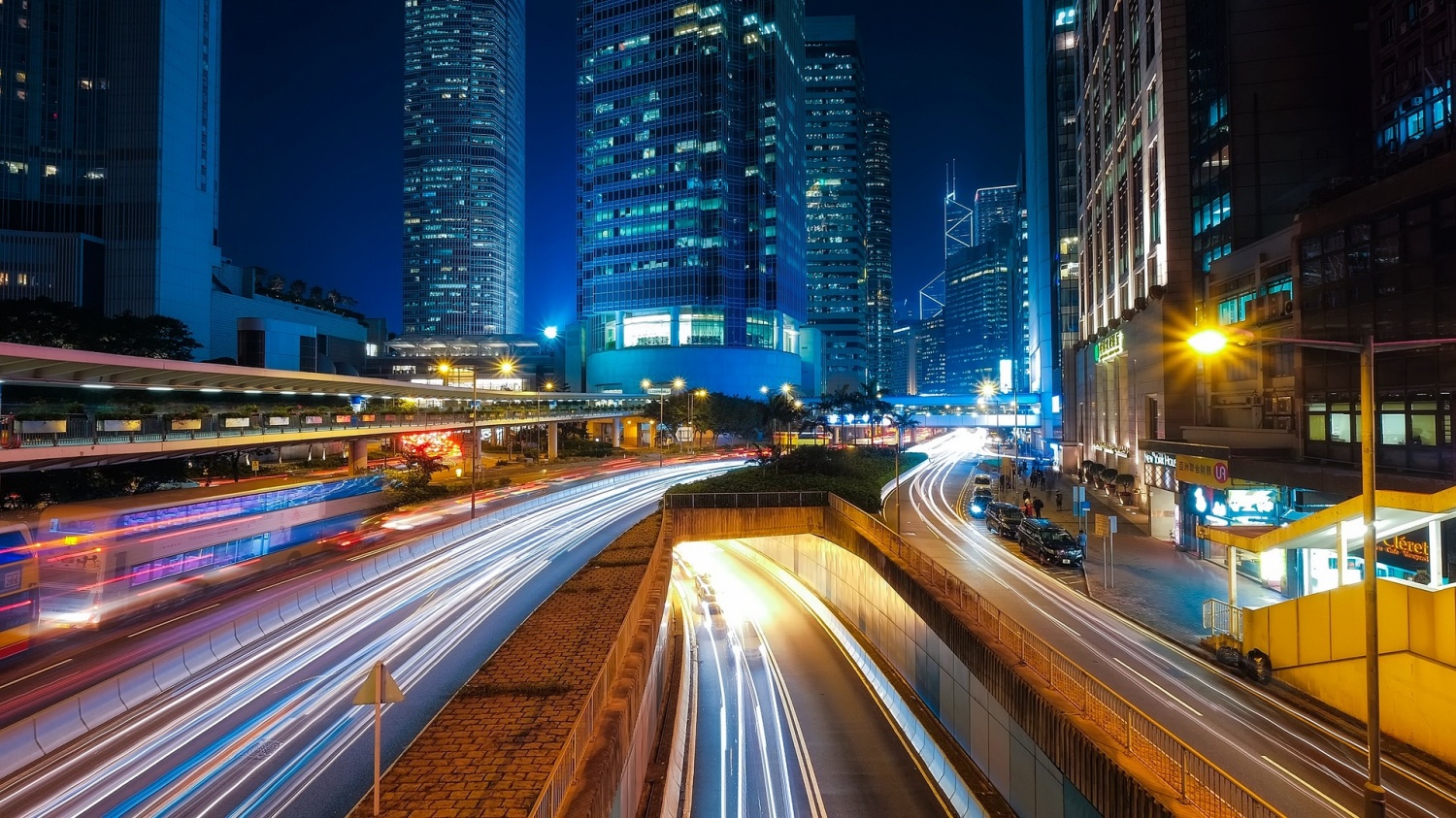
The pandemic's first wave showed that our cities aren't always properly equipped to deal with sudden changes in needs and priorities. Improving the local infrastructure is therefore paramount for cities that want to provide their citizens with an increasingly comfortable and safe living environment.
A smart city uses information and technologies to enhance its performance in many aspects of urban life. Examples of smart city applications are smart transportation, intelligent waste management, urban surveillance, and traffic monitoring. Recent reports estimate that the global smart city market will likely grow at over 20% per year in future years and hit $2.5 trillion by 2025. Let's look at the latest trends in smart city video analytics and security technologies.
AI-Powered Video Analytics for Increased Security
Video security solutions can leverage artificial intelligence (AI) to detect and respond to potential threats and identify suspicious activities. AI allows these systems to analyze large amounts of data quickly and accurately.
For instance, AI-powered video analytics can detect specific objects or people in a given area. It can go as far as recognizing faces in a large crowd. This can be useful for public safety by identifying crime suspects or individuals whose behavior may put others at risk and alerting competent authorities to neutralize the threat.
The use of AI-powered video analytics also helps reduce false alarms and improve response times by providing more accurate information about potential threats. Hire AI engineers to cut costs and use their budgets more efficiently by automating and streamlining specific tasks.
Improved IoT Cybersecurity
Smart cities are increasingly relying on IoT devices and networks to provide a number of services, from public safety to transportation to healthcare. This also calls for improved cybersecurity measures to avoid these technologies being compromised by malicious actors.
This can be done through the use of various advanced tools, such as identity and access management (IAM), which can help smart cities protect themselves against threats and breaches. These solutions can identify the risks associated with connected networks and devices, allowing administrators to take proactive steps to mitigate them.
Another trend is the increase in the use of cloud solutions. For example, data collected by the city or business security camera systems can be uploaded to the cloud for storage and analysis. This can provide an extra layer of security because cloud-stored is typically protected by the latest encryption technologies, such as TLS (Transport Layer Security) or SSL (Secure Sockets Layer).
Finally, organizations should invest in secure hardware components for their IoT devices.
Safe Data Distribution to Prevent Data Leaks
Information leaks and breaches can have very serious implications. Not only can they cause considerable financial losses, but they can also have reputational damages when leaked data is misused. This creates the need for cities to adopt strong safety protocols for distributing information across their networks. Moreover, audits should be conducted on a regular basis so that administrators can spot weaknesses and readily take corrective actions when necessary.
By adopting the right measures for safe data distribution, a smart city can make sure data is protected from malicious actors while still enabling efficient information sharing among authorized parties.
Autonomous Security Robots and Drones
Another popular smart city trend is the increased use of autonomous security robots and drones. These technologies have a wide range of applications.
For example, they can be used for search and rescue operations, thanks to their ability to to respond to emergencies or threats. This allows smart cities to reduce response times and improve the safety of their citizens especially if they belong to the states with the most fatal car accidents.
Drones can also be used to monitor large areas with extreme accuracy, which creates the condition for better decision-making processes in urban planning. Moreover, they can provide valuable data on air quality or other environmental factors. This information is crucial to inform policy decisions.
However, the use of these technologies also has potential drawbacks, ranging from privacy concerns to risks of them malfunctioning or being hacked into by malicious actors. Therefore, it's important to put the right safeguards in place before deploying these devices in any city environment.
Tamper Detection Technologies
Another priority for administrators should be taking action to avoid smart city technologies being tampered with. There are two main types of tamper detection measures.
The first type is known as physical tamper detention, and it involves the use of sensors with the goal of detecting changes in the environment. One example is the use of proximity sensors, which can detect if somebody is trying to obtain access to a restricted space, which in turn generates an alarm trigger. Magnetic sensors and conductive material strips are other examples of physical tamper detection solutions, as they can detect when someone is trying to open a device without permission.
In contrast, digital tamper detection relies on software-based solutions to protect information from unauthorized users. Examples include encryption protocols that work by scrambling data so it cannot be accessed without the correct key. Additionally, digital signatures can be used to verify the authenticity of documents and other digital assets.
* This is a contributed article and this content does not necessarily represent the views of techtimes.com








